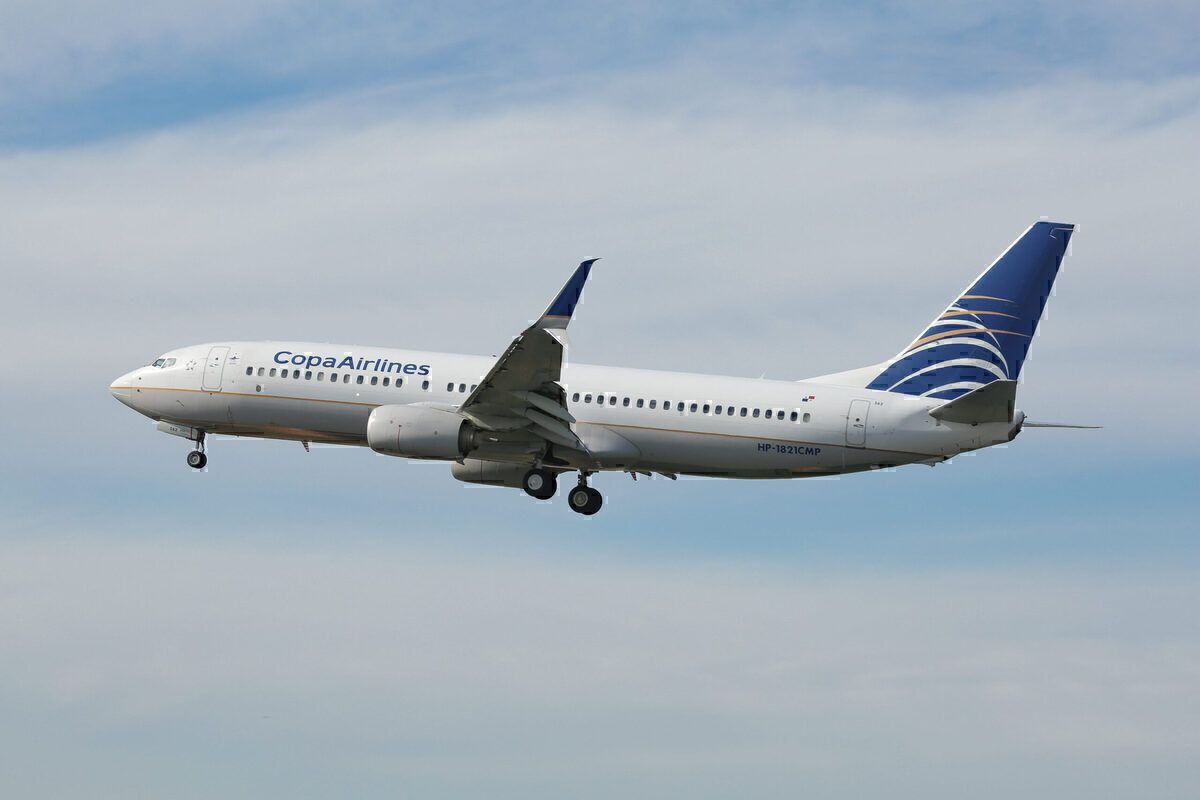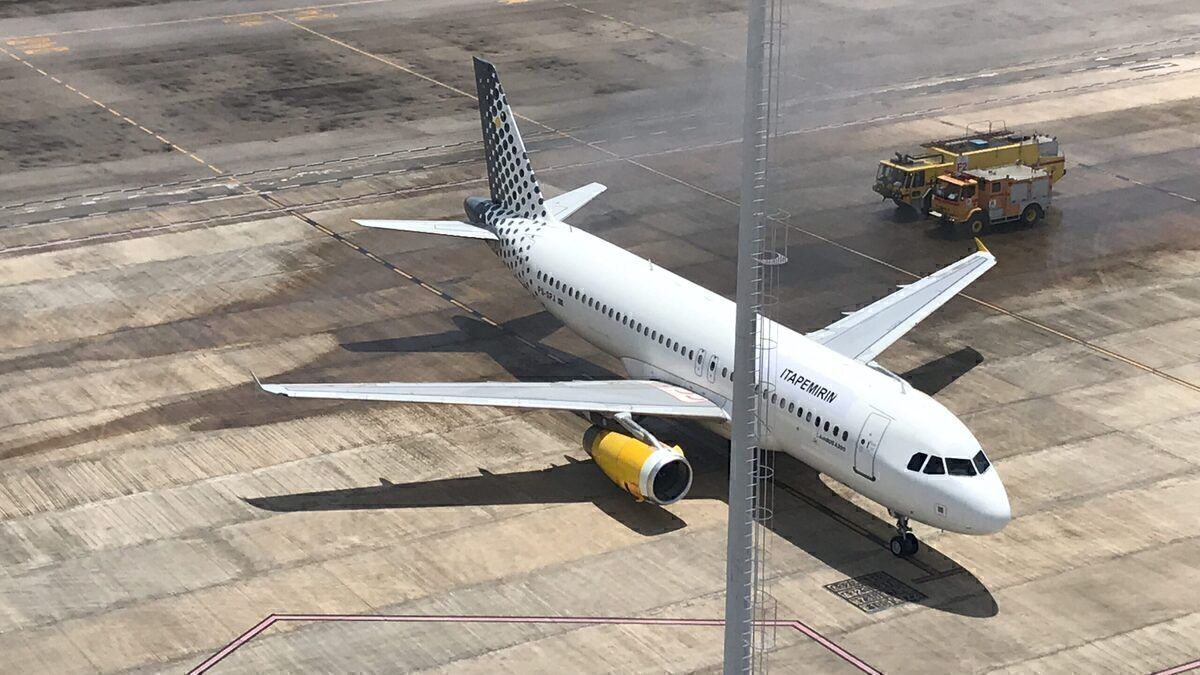Revealed in a forecast presented today, Boeing expects Latin American carriers to need 2,610 new aircraft by 2040. The market value of these new deliveries is US$365 billion, according to the US manufacturer.
Latin America’s best-seller: the single-aisle
The Latin American region has a lot of potential growth for the coming two decades. Many cities in this region were underserved even before the COVID-19 pandemic.
Boeing projects that the airline traffic growth for Latin America and the Caribbean will be 5.1% per year for the next five years. In the meantime, the airline fleet growth in the region will be, on average, 3.5% per year. Why is there a difference between both? Christine Bryan, regional marketing director for Boeing, said,
“Airlines continue to improve the utilization of their existing fleet, and they are also tending to manage to higher load factors.”
For the next two decades, Boeing predicts the single-aisle market to be the best-seller in Latin America.
Airlines in the region will buy up to 2,360 new narrowbody airplanes, 90% of the total. The value of this market is US$290 billion. Christine Bryan added,
“These airplanes are highly cost-efficient, and therefore suitable for low-cost travel within the region, as well as connecting North America to popular vacation markets in both the Caribbean and Central America.”
Stay informed: Sign up for our daily aviation news digest.
An uphill battle against Airbus
Nevertheless, Boeing still needs to figure out a way to increase its market share in the single-aisle Latin American market. Currently, Airbus is the key player in this segment, and many of the fast-growing airlines in the region operate with A320 family fleets.
For instance, the Mexican airlines Volaris and Viva Aerobus have large orders for the A320; likewise, Viva Air in Colombia, Sky Airline in Chile, and Azul in Brazil. Moreover, some new airline startups in the region plan to operate with Airbus aircraft, like Ita Transportes Aereos.
Boeing declined to comment regarding the forecast of the market share between OEMs in Latin America.
What about the widebodies and cargo?
The widebody market will be the second most important for Latin America, said Boeing. Its forecast shows the need for 220 widebody aircraft, accounting for 8% of deliveries. The market value of this is US$70 billion.
According to Boeing, 73% of these 220 deliveries are for fleet growth.
Also, Boeing expects deliveries for 20 new freighter aircraft in Latin America and the Caribbean. Additionally, it forecasts the need for 55 freighter conversions. This market has a value of US$5 billion.
How many orders does Boeing still have to deliver?
Currently, Boeing has 219 unfilled orders in Latin America, according to its stats. The US company has standing orders with six Latin American carriers.
The Brazilian airline GOL Linhas Aereas has the largest number of unfilled orders, with 96 Boeing 737 MAX still to be delivered.
In Mexico, Aeromexico still has to receive 54 Boeing 737 MAX. Nevertheless, there’s the possibility that this order could change, as the Mexican carrier is under a Chapter 11 bankruptcy process.
Copa Airlines in Panama still has unfilled orders for 52 Boeing 737 MAX units. Aerolíneas Argentinas will receive nine Boeing 737 MAX planes in the following years.LATAM Airlines Group still has two standing orders: one for six Boeing 787-9 and another for one Boeing 777F.
Finally, Avianca also has an order for two Boeing 787-9 Dreamliners.
How many airplanes do you expect Boeing will sell in Latin America in the next two decades? Let us know in the comments.



